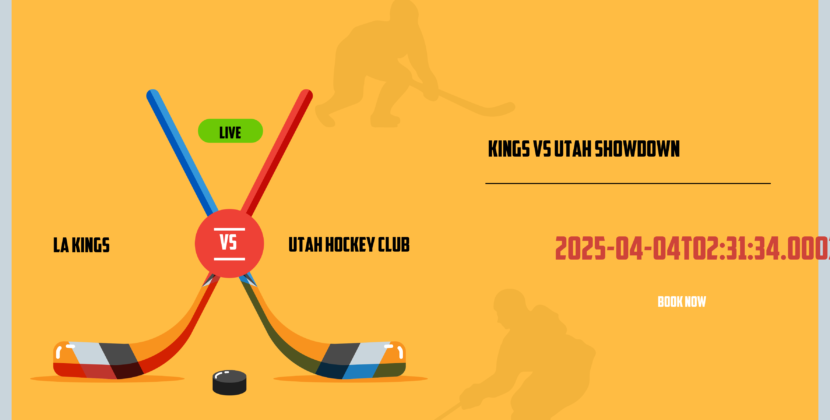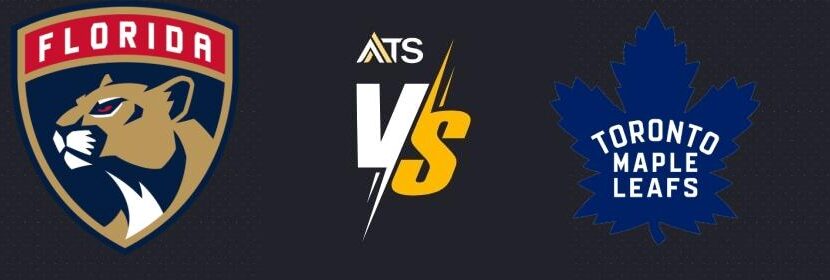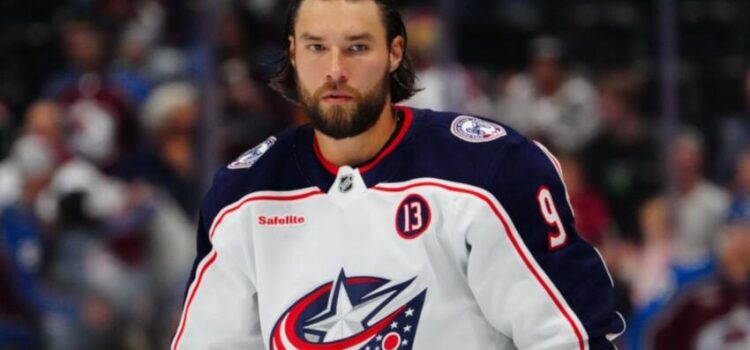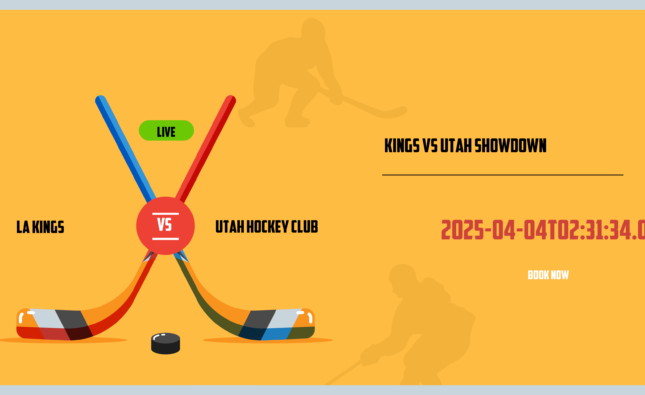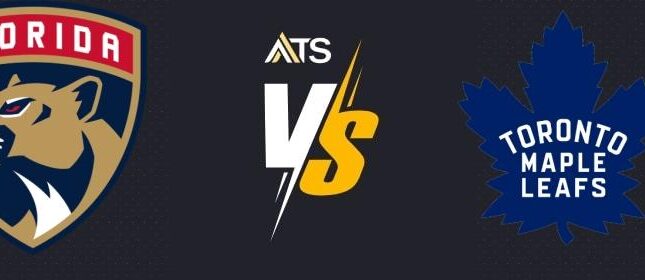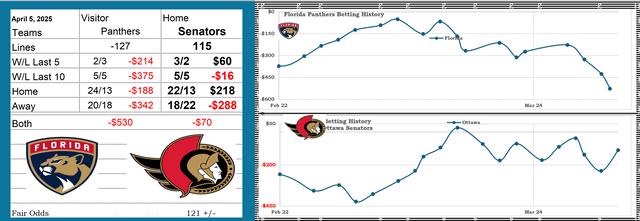
When the Philadelphia Flyers face off against the Toronto Maple Leafs, excitement is guaranteed. We know how much this matchup gets everyone buzzing, especially when it comes to crafting those perfect Flyers vs Maple Leafs picks. The odds say it all—the Leafs come in favored at -175, while the Flyers are the scrappy underdogs at +145. Can the underdogs pull a surprise, or are the Leafs ready to assert their dominance? We’ve got all the insights to guide you on this thrilling NHL betting adventure.
Gearing Up for the Showdown
Analyzing Past Games
Let’s rewind to the memorable game on March 19, 2024. The Flyers clinched a thrilling 4-3 win. What did they do right? Well, they were agile and tactically savvy, beating the odds. If we take a closer look at the numbers:
| Statistic | Philadelphia Flyers | Toronto Maple Leafs |
|---|---|---|
| Goals Scored | 4 | 3 |
| Total Shots | 34 | 29 |
| Power Play Goals | 2 | 1 |
| Penalty Minutes | 8 | 6 |
The Flyers weren’t just about luck. They showed killer instincts, scoring goals when it mattered most and making the most of power plays.
Historical Insights
Our historical dive reveals a fierce rivalry. Flyers lead with a 123-85-22-1 record against Leafs, showing off a history of victories. However, the tables have turned a bit, with the Leafs boasting a 66% win rate against their mutual foes lately. Who knows what this clash will bring?
Betting Strategies: What to Keep in Mind
Let’s talk turkey. Or, more specifically, betting.
-
Moneyline Betting: Given the Leafs’ season highs, putting money on them could be solid. Yet, never count out those Flyers—they love unexpected plot twists.
-
Over/Under Totals: Set at 6.5 goals, it’s a temptation for bettors. The Leafs average 3.3 goals per clash, and their defense is tight. Does this make over a safer bet?
-
Spread Betting: With the Leafs’ diligent home performance, leveraging their defensive prowess might offer sweet returns.
Best Resources for NHL Betting
Looking for live odds and insights? Check out:
- FanDuel Sportsbook for up-to-the-minute odds.
- NumberFire to delve into some advanced analytics.
- NHL.com for the freshest stats and scores.
Unpacking the Picks
When settling on those Flyers vs Maple Leafs picks, insights are your best friend. The Leafs seem to have an edge at home, making them a strong choice. Yet, never underestimate the unpredictable spirit of the Flyers—they might just channel some magic from past wins. Always remember, research is key, but the unpredictability of hockey keeps us on our toes!
Final Thoughts on Betting
As we ponder our Flyers vs Maple Leafs picks, it’s clear the Leafs shine on paper. But who wants a predictable tale? The beauty of hockey lies in its surprises. Dive into the data, but always stay ready for the unexpected twists that make this sport so thrilling.
For dynamic predictions and timely insights, visit NHL Predictions Picks, where every game has a story waiting to unfold.
In the end, whether you’re a seasoned bettor or a curious newbie, NHL offers a rollercoaster ride of emotions. With the right picks and insights, you’re all set for an exhilarating journey into the heart of hockey action. Grab your popcorn—and maybe that lucky jersey—and let the games begin!

